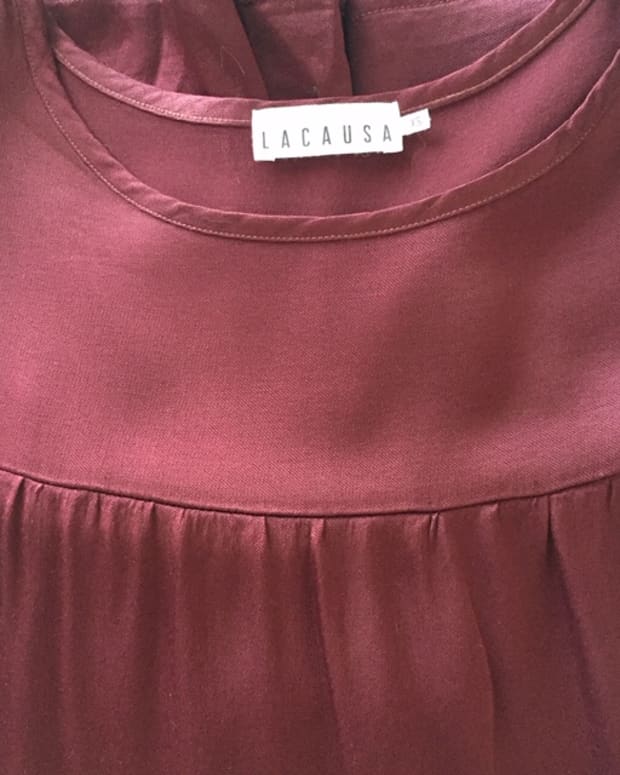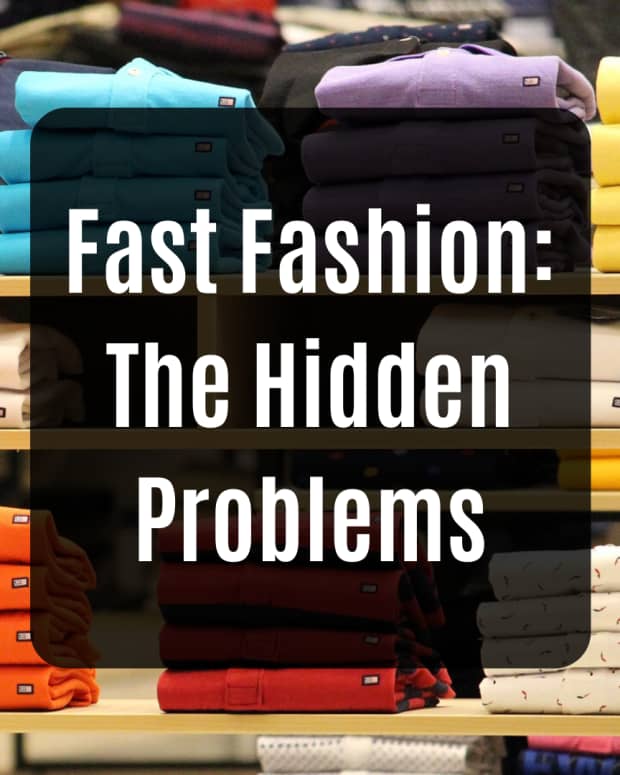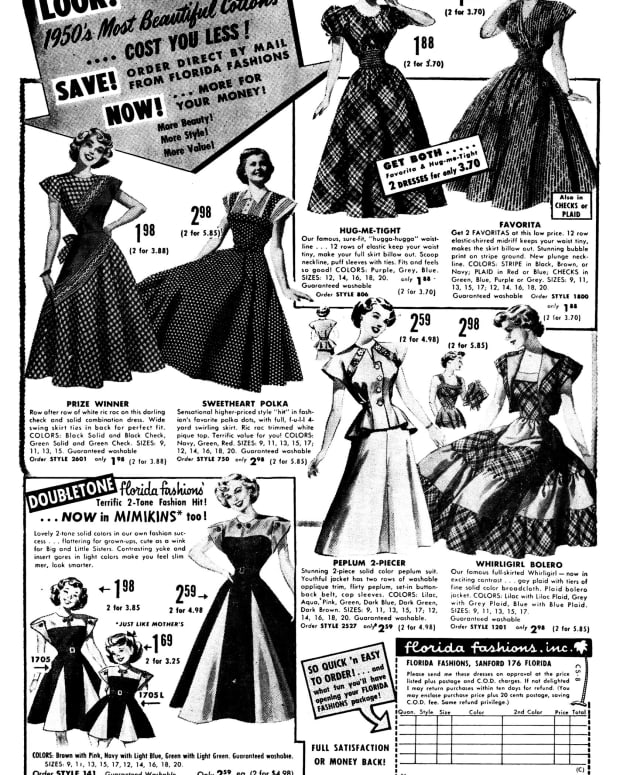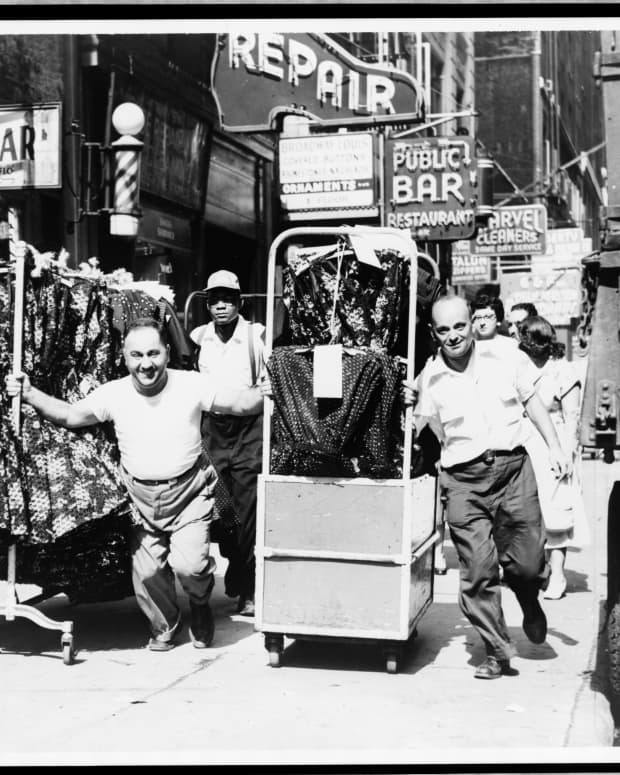Should We Avoid Clothes Made in China?
Anna is a sustainable fashion enthusiast with a Certificate of Sustainable Design and wrote her Master's Thesis on Sustainability Reporting.
On a recent trip to my husband’s homeland, Portugal, we embarked on a road trip to Piódão, a fairytale-like schist village tucked in the Serra do Açor Mountain, west of Portugal’s highest peak, Serra da Estrella. My mother, mother-in-law, and 10-month-old tot sat in the back seat as we made our way through the curvy mountains. The narrow road leading to Piódão didn’t have a guardrail in sight, leading my mother to shut her eyes and grip the back of the front car seat in terror. Being a New Yorker, she wasn’t ready for the Portuguese mountains’ inclines and narrow roads, and she was completely terrified.
My husband turned up the radio to some upbeat Portuguese music to lighten the mood, and a song came on, “vai ao chinês” which decries Chinese-made clothes and electronics, calling them throwaways. Each little town in Portugal has its loja chinesa, or the dollar store equivalent, where one goes for cheap, throwaway things made in China. This song led us to question whether this sentiment regarding things made in China is universal and how much truth there is to it. We disregarded the fog settling on the narrow road before us.
Does "Made in China" Always Mean Poor Quality?
I decided to do some research when I returned home to New York. Are clothes made in China all essentially poor-quality throwaways or fast fashion? As someone who’s a firm believer in the need for more sustainability in the fashion industry, should I refrain from buying any clothes made in China?
I’ve had a thing for checking out clothing labels for a few years since learning about how terrible the fashion industry can be for the environment and those people who make our clothes. So I adamantly check where each garment was made and the fabric composition. Remarkably, my vigorous inspections have revealed that both high-end and fast fashion brands seem to be made in China for the most part—is that my imagination?
The Clothing Factory of the World
It turns out it isn’t. China is indeed the world’s largest clothing exporter or what we can call the “clothing factory of the world” with clothing exports worth $288 billion in 2014. Over a third of global textile exports come from China. China's textile industry accounts for over 60% of world chemical and synthetic fiber production. It all comes down to companies wanting cheap production costs to increase their bottom line. And yes, both fast fashion brands and high-end brands are manufacturing in China.
Why Do So Many Brands Manufacture Clothes in China?
Now let’s take a look at the motives behind companies turning to China to manufacture clothes:
1. Cheap Labor
About 1.35 billion people call China home. The huge labor pool helps to produce in bulk, accommodate any seasonal industry requirement, and even cater to sudden rises in the demand schedule.
2. Low Wages
The minimum wage in a city like Shenzhen, one of the country's major garment and textile industrial bases, is about $336 per month. But those are official figures. According to Ellen Ruppel Shell, author of Cheap: The High Cost of Discount Culture:
“millions of workers, many of them migrants from remote rural areas, do not have formal employment contracts, leaving them completely vulnerable to exploitation and abuse. Without a written contract, Chinese laborers have no evidence they are employed, and employers can simply deny their existence."
3. Lack of Compliance
Chinese factories have been known for being lax on regulation related to child labor, health and safety norms, wage and hour laws, and environmental protection. According to a World Bank report in 2013, sixteen of the world’s top twenty most polluted cities are in China. Health restrictions often go unenforced, allowing companies to use hazardous chemicals when dying and processing clothing.
There’s actually a joke in China that you can tell the 'it' color of the season by looking at the color of the rivers. Farmers should not be the ones to forecast fashion color trends, but these days they get insider info from their rivers. It is estimated that in China, 70 percent of the rivers and lakes are contaminated by the 2.5 billion gallons of wastewater produced by the textile industry.
4. Currency Manipulation
China controls its exchange rate. Up until a few years ago, the country was artificially depressing the value of the yuan so that prices of Chinese exports are cheaper—it’s estimated that the currency was undervalued by 30% against the dollar in 2005. The yuan has increased in value in recent years.
The Chinese Garment Industry Today
Cheap, fast, poor quality and large quantities has been the state of things for a few decades, but things are rapidly changing in China and its people.
Rising Wages
Wages are rising. According to the China Labor Bulletin, minimum wages have almost doubled in mainland China from 2009 to 2014. At $336 per month, that’s double the rate in other Southeast Asian countries. This makes China less competitive. Emerging economies in Africa and other parts of Asia offer cheaper labor, and thus China’s market share by value in the global textile and clothing industry has fallen from 38.6% in 2015 to 35.8% in 2016, with a downward trend in major apparel importing regions including the US, EU, and Japan.
China does have something, though, that these emerging economies don’t: a huge labor pool, an enormous production capacity with impressive supply chain efficiency, state of the art factories, and a vast talent base of skilled, easily adaptable factory workers. This evolution has led China to compete against long-established, higher quality production centers like Italy, but that’s not necessarily a good thing currently for China as the perception of Chinese goods being subpar and secondary remains, but that is slowly changing.
Increasing Demand
Other Asian countries are increasingly importing clothing from China; for instance, Bangladesh’s textile imports from China by value, rose from 39% in 2005 to 47% in 2015. There are similar trends in Cambodia, Vietnam, Malaysia. The quickly expanding middle class with their desire for cheap clothes keeps "Made in China" fashion in high demand. By 2030, Asia will be the home of 3 billion middle-class people! Chinese made clothing is cost-effective when producing massive quantities.
Emphasis on Sustainability
On a positive environmental front, in October 2016 China released its national plan for implementing the United Nation’s 2030 Agenda for Sustainable Development, which translates each target of the Sustainable Development Goals (SDGs) into "action plans" for China. The Chinese government is taking an active role in attempting to end poverty, protect the planet and ensure that all people enjoy peace and prosperity.
Conclusions and Takeaways
So should we flat out avoid clothes made in China? I think not. China is no longer the land of just fast, cheap and large quantities. There is a large spectrum of quality, talent, worker’s rights and environmental protection available so it is up to the brand to choose factories that produce high-quality garments and don’t compromise on the environment or ethics. It is up to us as the customer to research which brands we choose to support with our dollar. At a time when fashion has negative impacts on the environment and people who make our clothes, we should try to consume clothes more consciously by paying attention to the material our clothes are made from and who made them.
Read More From Bellatory
Producing in China means higher profitability for brands, whether they make fast, cheap clothes or high-quality ones such as Prada, Coach, and Mulberry. This is especially optimized for companies that make large quantities of clothes. This is actually not the case for smaller companies that produce limited quantities as there’s a high cost associated with shipping garments and also there’s the cost of traveling to visit the factory where garments are produced.
Our Duty as Consumers
China produces what companies and consumers demand, whether it be low-quality clothes that pollute our waterways where the garment workers work in horrendous conditions or high-quality clothes produced in state of the art factories where the workers are extremely happy. You and I decide what type of clothes get produced—let’s be more conscious about who made our clothes and what material is used, and let’s love our clothes!
Questions & Answers
Question: Is it safe to wear clothes made in China?
Answer: There is no straightforward answer - petroleum based fabric (i.e., polyester, acrylic) is bad for you and for the environment. These can be made in a multitude of countries. Check what fabric your clothes are made from and if you can about other factors such as the ethical standards of factories, check with the clothing company.
Comments
tinea fry on July 16, 2020:
My comment didn’t appear because I said not to buy in China
and poor quality. Interesting.......
tines fry on July 16, 2020:
Yes we should avoid it. The quality is not good .
So it’s better to buy one teeshirt 5$ more and keep it longer
and have 3 that will hand up in the garbage in 6 months.
cheryl on July 07, 2020:
This might work if a clothing website in china did not state fabric is cotton and you get a polyester fabric clothing not cotton at all
Nita on April 30, 2020:
I think it is time to give other nations an opportunity to do some manufacturing not just concentrating in one nation.
Aye Myat Thu on August 13, 2019:
Buying clothes
Christiana Green on April 26, 2019:
How do we discern what companies are safe to buy from?
Maria on January 24, 2019:
Thank you for your post. However, it's still quite difficult to get a real idea of which factories are "good" and which are "bad"... personaly I think it's better to just avoid made in china completely for the time being.



















